What is A-CAES?
Advanced compressed air energy storage (A-CAES) is a technology that stores energy by compressing air and later releasing it to generate electricity. It is an enhanced form of traditional compressed air energy storage (CAES), which has been in use in California and other parts of the world for decades. Hydrostor’s key advancement is that A-CAES captures and stores the heat generated during the compression phase and uses it to reheat the air during expansion, which significantly improves efficiency while eliminating the use of fossil fuels for daily operations. This patented technology makes it a much more environmentally friendly and cost-effective method for large-scale, long-duration energy storage.

Take a look at how Hydrostor’s Willow Rock Energy Storage Center (WRESC) project in Kern County, California, is contributing to the state’s energy priorities:
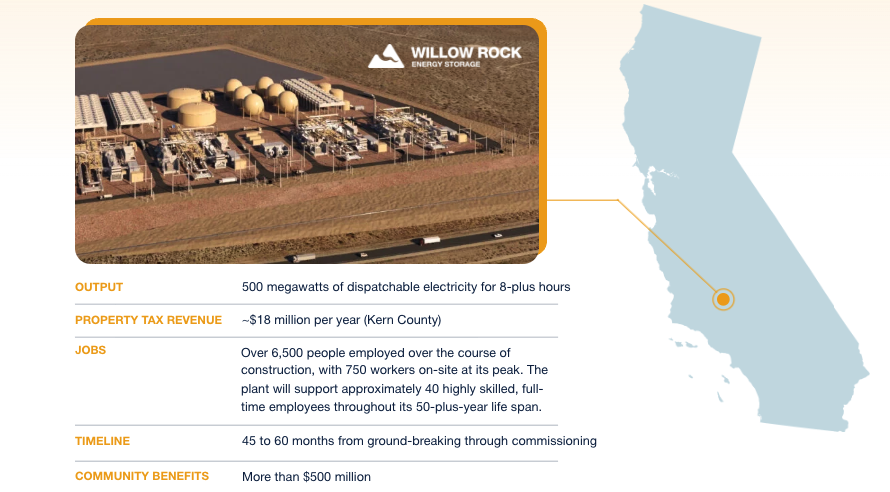
From drawing board to full operation: a phased approach
Construction of the Willow Rock project is anticipated to take 60 months from the time the project breaks ground until it goes online. The construction work will take place in six phases:


Preconstruction
Before any physical work can begin on a project of this scale, Hydrostor does substantial preliminary work to ensure there are minimal impacts to the surrounding communities and environment. Preconstruction assessments completed for the Willow Rock Energy Storage Center evaluated potential impacts on air quality, cultural resources, geologic conditions, soil health, water quality, and other factors and included recommendations on how to mitigate those impacts. An extensive permitting process will involve consulting with the local community, state agencies, and federal agencies before construction begins. A-CAES facilities have a smaller physical and environmental footprint than other energy infrastructure, using five to 20 times less water than pumped hydro and more than 10 times less land than solar for an equivalent amount of energy.
Cavern Construction
The first parts of an A-CAES facility to be built are the underground cavern and its associated air, water, and construction shafts. The storage cavern is constructed in bedrock approximately 2,000 to 2,500 feet belowground. This subsurface work is the most time-consuming portion of construction, taking roughly three years.


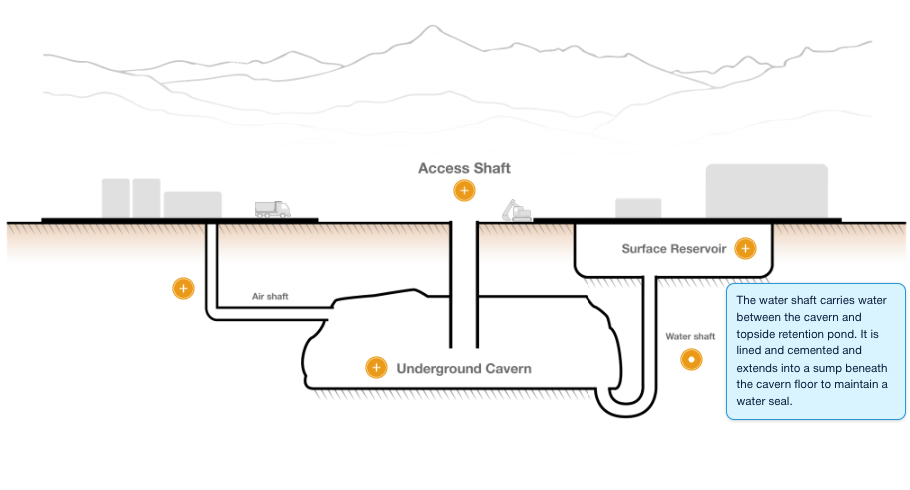

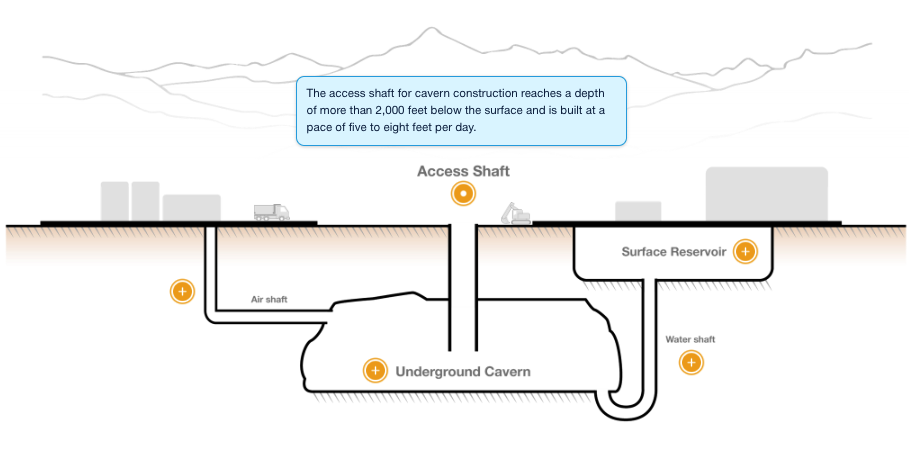

Topside Construction
Once the subsurface construction is underway, topside construction begins. This phase includes installing turbines, thermal storage tanks, and the rest of the facility’s aboveground equipment in addition to constructing the transmission line.
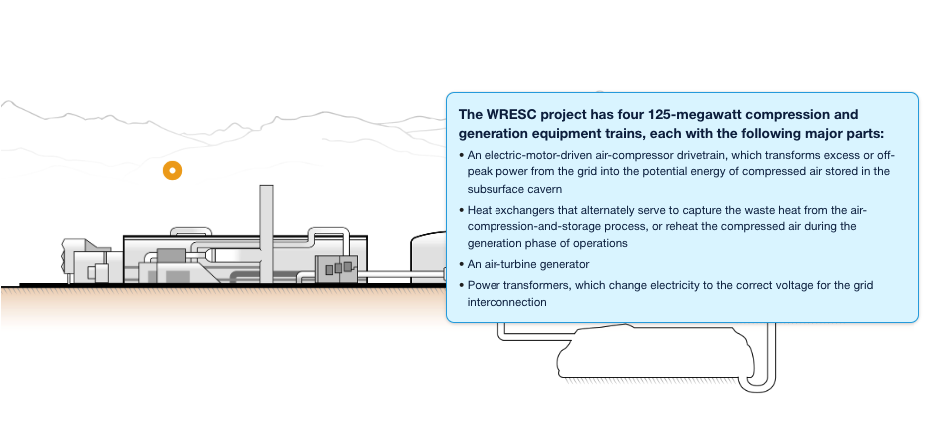
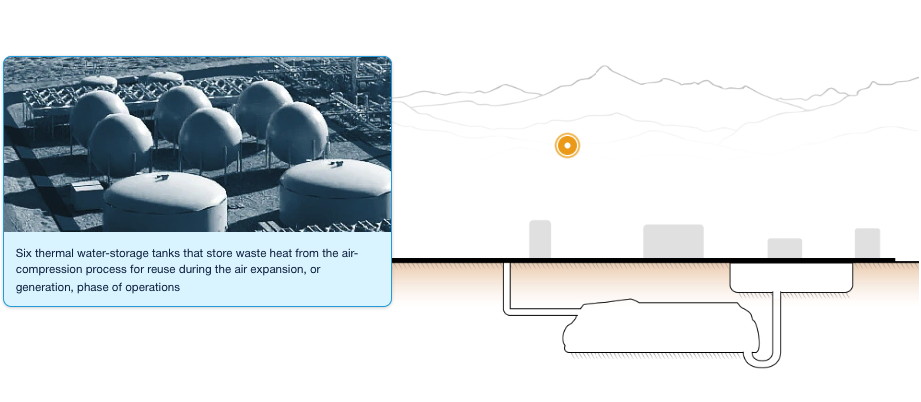
Transmission
The Willow Rock Energy Storage Center is located near the project’s transmission interconnection point, the SCE Whirlwind Substation, thereby reducing the time, cost, and complexity of building the transmission infrastructure.


Once construction is complete, all project equipment will be rigorously tested for safety and efficiency before Willow Rock officially begins providing reliable power to millions of Californians.
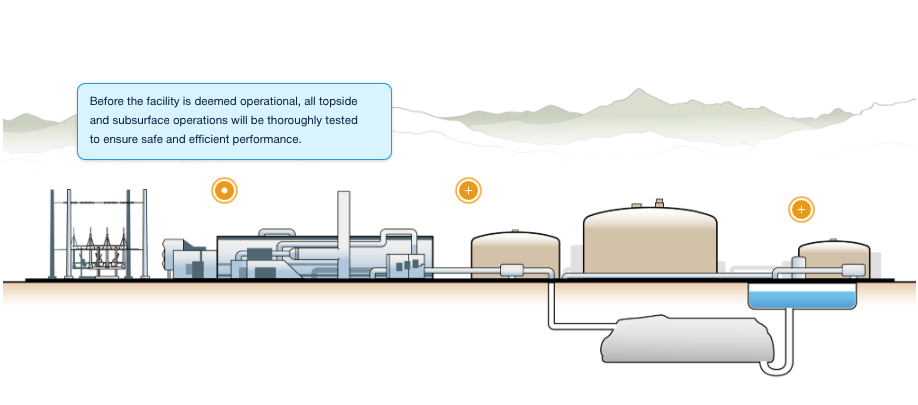

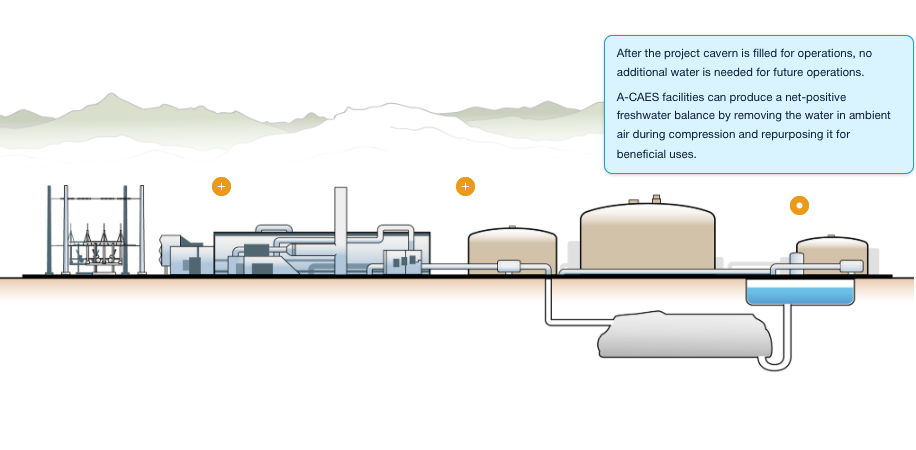
Willow Rock’s 50-Plus Year Commercial Life Span
Once operational, A-CAES facilities like Willow Rock — unlike many other energy storage technologies — will operate with zero efficiency loss over its expected commercial life span of 50 years or more. This means Hydrostor’s work in host communities—and the jobs it creates to operate each facility—are long-term commitments that provide lasting local and regional benefits.
A-CAES projects' flexible siting, energy density, environmental attributes, and community benefits make them an excellent fit for many regions across the U.S. Learn more about Hydrostor's growing project pipeline here.